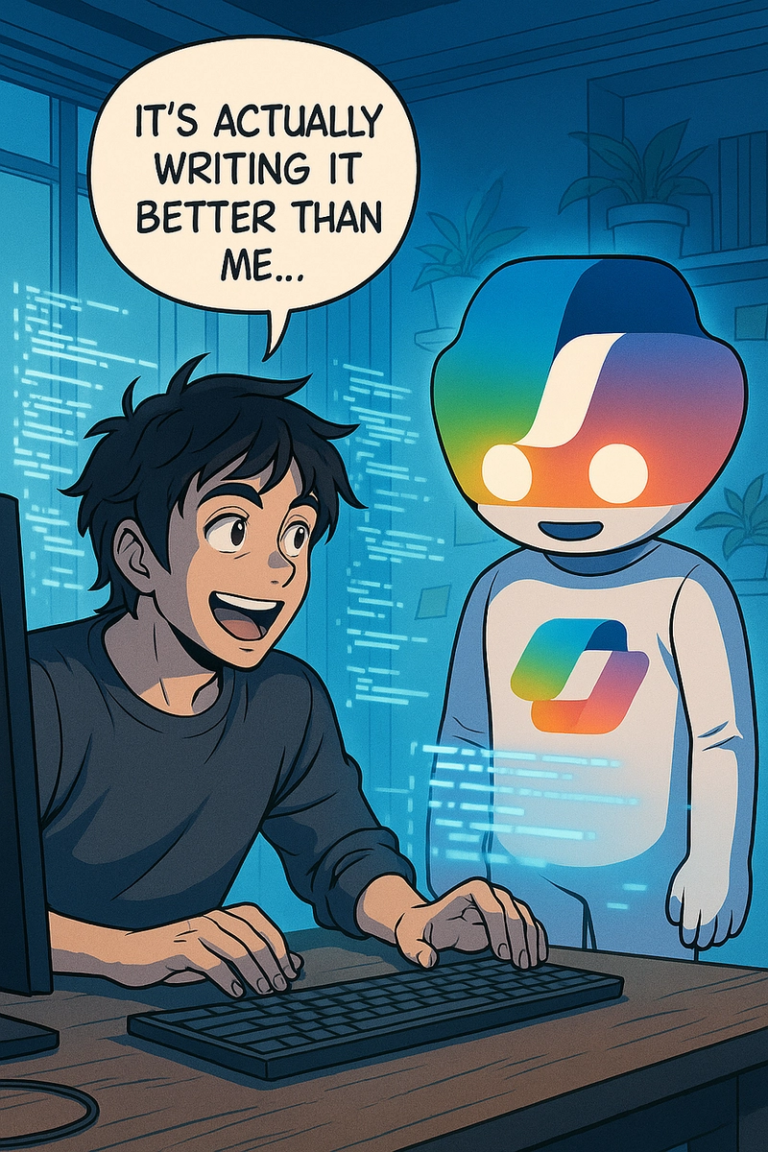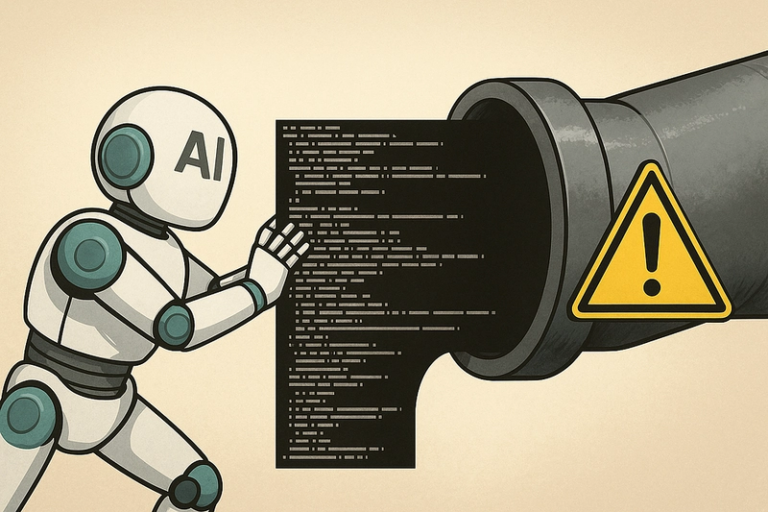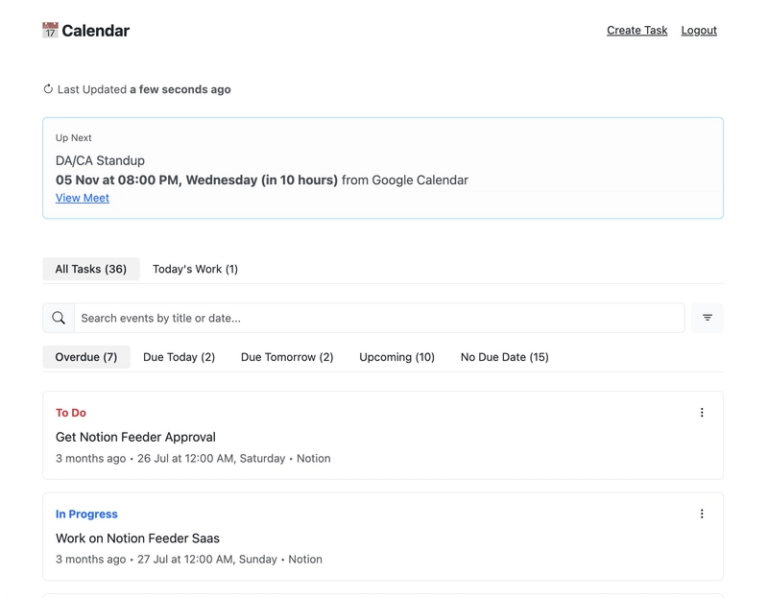Not Just Another Wrapper:The Engineering Behind Context Space
In the gold rush of AI, it’s easy to build a thin wrapper around an API, create a flashy demo, and call it a day. But building robust, scalable, and secure AI infrastructure—the kind you can bet your business on—is a different game entirely. It requires deliberate architectural choices and a deep understanding of production systems.
At Context Space, we aren’t just building features; we’re engineering a foundation. Our vision is to provide a tool-first infrastructure that powers the next generation of complex AI agents. Here’s a look at the core technical advantages that make this vision possible.
1. Advantage: Decoupled & Vault-Secured Credential Management
The Problem: The most glaring security hole in most AI agent setups is credential management. API keys, OAuth tokens, and other secrets are often dumped into .env files, checked into insecure databases, or passed around in plaintext. This is a non-starter for any serious application.
The Context Space Solution: We architected our system with enterprise-grade security from day one.
- Centralized Vault Backend: All credentials are encrypted and stored in a dedicated, isolated HashiCorp Vault instance. They never touch our primary application database.
-
Complete Decoupling: The agent’s logic layer is completely decoupled from the credential layer. An agent requests to use a tool (e.g.,
github.list_repos); our system fetches the necessary credential from Vault just-in-time, uses it, and then discards it. The agent never sees the secret. - Secure OAuth Flows: Our “one-click” OAuth connections are a user-friendly abstraction built on top of this secure backend. This isn’t just about convenience; it’s about providing a secure, standardized way to grant permissions without ever exposing a token to the end-user or developer.
2. Advantage: A True Unified API Abstraction Layer
The Problem: Interacting with ten different services means learning ten different API schemas, authentication patterns, and error-handling quirks. This creates a massive maintenance burden and brittle, unreadable code.
The Context Space Solution: We built a powerful abstraction layer, not just a simple proxy.
-
Single, Consistent Interface: We provide one clean, predictable RESTful API. Whether you’re listing files from Notion or starring a repo on GitHub, the request structure and authentication method (
Bearer <jwt>) remain the same. - Backend-Driven Transformation: Our Go backend handles the complexity of translating a standardized Context Space request into the specific format required by the target service. This means developers building on our platform only need to learn one API: ours.
- High-Performance & Reliability: By using Go, we ensure the core of our system is highly performant, concurrent, and statically typed, providing the reliability needed for production workloads.
3. Advantage: A “Tool-First” Architecture
The Problem: Most agent frameworks treat the LLM as an opaque black box. When it fails, debugging is a nightmare of prompt tweaking and guesswork. This approach doesn’t scale and is fundamentally uncontrollable.
The Context Space Solution: Our “Tool-First” philosophy is an explicit architectural pattern.
- Everything is a Tool: We encapsulate all external actions—and even internal capabilities like memory retrieval—as standardized, composable tools. Each tool has a defined schema, is independently testable, and is versioned.
-
Observable Execution Paths: This makes the agent’s reasoning process transparent. Instead of a mysterious internal monologue, you get a clear, auditable log of tool calls (
tool_A_called->tool_B_called). Debugging becomes deterministic. - Foundation for the Future: This structured approach is the bedrock of our vision. A universe of standardized tools is a prerequisite for building the powerful tool discovery and recommendation engines that will allow agents to tackle truly complex tasks.
Built for Production, Today
These architectural choices are what separate a demo from a dependable platform. By combining a Vault-secured credential store, a unified Go-based API layer, and a “Tool-First” design pattern, we’ve built the essential infrastructure needed to move beyond experimental AI toys and start building the powerful, reliable agents of the future.
This is our commitment to the developer community: to provide a foundation you can trust, so you can focus on building what matters.
Dive into our architecture on GitHub and see for yourself.
👉 Explore the code on GitHub



